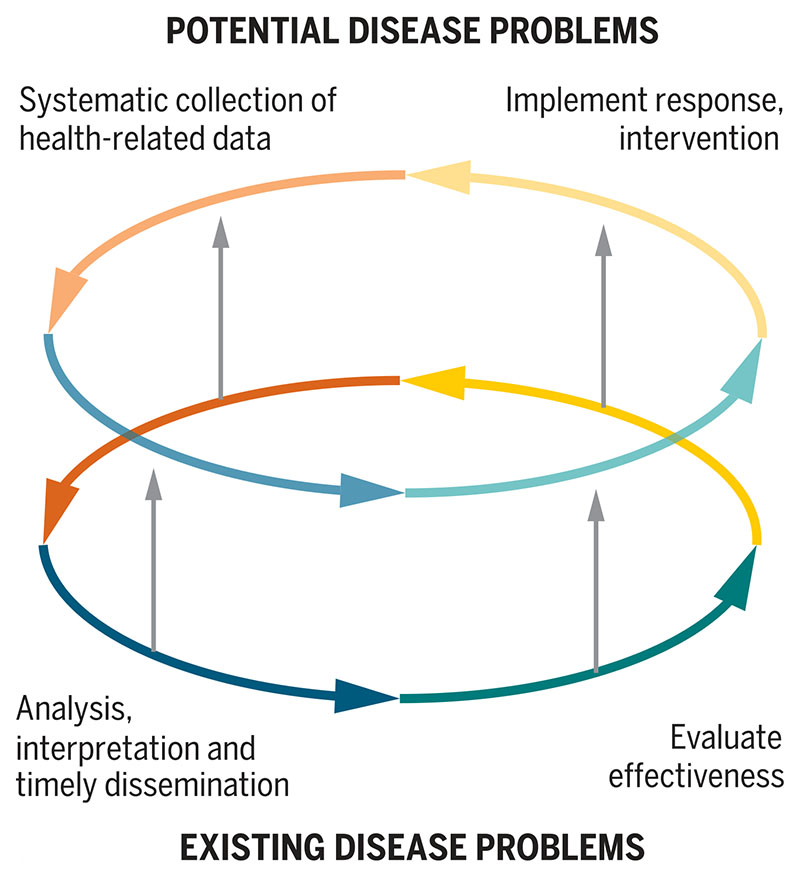Fig. 1. Surveillance cycles for current and potential disease problems.
The lower cycle illustrates the self-reinforcing nature of effective surveillance processes for existing disease problems. The upper cycle illustrates the equivalent processes for potential disease problems. Because it is difficult to implement interventions for potential disease threats that provide a useful response, and thus motivate further grassroots data collection, this cycle is less intrinsically sustainable, limiting the long-term effectiveness of approaches that focus on EIDs and potential threats alone. The vertical arrows show how capacity for potential disease problems and EID surveillance overall can be built by “borrowing” critical capacities (shown by the vertical arrows) from approaches that focus on existing diseases.

